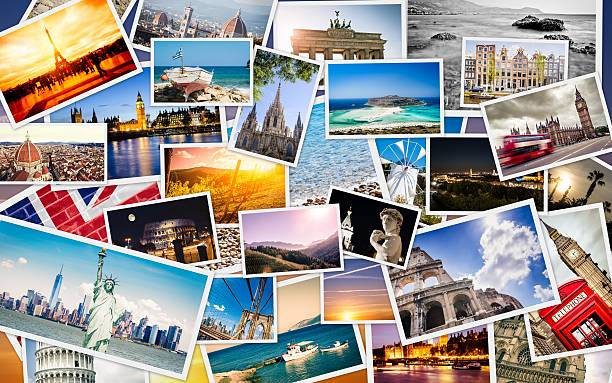Do you want to know more about how image classification APIs are used in contemporary technology? If yes, continue on to learn more!
In this article, we will explain how image classification APIs can facilitate computer vision research. The goal of computer vision is to create machines that can interpret and understand images in the same way that humans do. This is achieved through the use of machine learning algorithms that are able to identify and categorize different objects within an image.
The ability to automatically recognize and classify objects in images is a powerful tool that can be used for a variety of purposes, including security, medical research, and more. One of the most common applications of computer vision is image classification, which involves automatically identifying and categorizing different objects within an image.
Image classification is typically done using deep learning algorithms that are trained on large datasets of labeled images. These algorithms are able to learn patterns and features from the images and use them to classify new images.
How Image Classification APIs Work
When using an image classification API, you must give it an image URL or a base64-encoded picture. The API then divides the image into one or more categories using a collection of pre-trained models. Depending on the sort of API you’re using, several models may be supported by that API.

Using the Image Tagging Content API For Computer Vision Research A SaaS product called Image Tagging Content API enables you to automatically tag images with labels or keywords. This might be useful for research initiatives involving the analysis of big unstructured data sets; for instance, you could want to categorize survey or poll images according to demographic or political affiliation.
By allowing you to tag each image with a particular word or phrase, Image Tagging Content API makes it simple to organize your data. This allows you to subsequently search through your dataset using word or phrase searches rather than image content searches. Additionally, the Image Tagging Content API offers a number of models that have already been trained and may be used to automatically tag photos with a predetermined list of keywords.
The fact that these models are built on machine learning algorithms that have been trained on huge datasets of tagged photos implies that they have a high level of accuracy in their ability to identify and name a variety of items in photographs. The Image Tagging Content API also offers top-notch support for custom models, which may be developed from scratch to meet the demands of your project.
There are a wide variety of picture classification APIs on the market. But only a select few are actually priceless. But don’t worry; we have already considered that and prepared the ideal response for you. The following is the API that will work the best for you: Clapicks. This trusted API provides item classification and identification.
Clapicks is designed to help you categorize and arrange any photographs you have in your databases. Large datasets of unstructured photos can be automatically analyzed, sorted, and searched in a matter of minutes with the help of this API.

Clapicks enables you to quickly organize a large collection of pictures by automatically categorizing photographs into predefined categories. By simply giving the Image URL, Clapicks will return a comprehensive list of all the categories it can identify in the image.
To make use of it, you must first:
1- Go to Clapicks – Object Classification API and simply click on the button “Subscribe for free” to start using the API.
2- After signing up in Zyla API Hub, you’ll be given your personal API key. Using this one-of-a-kind combination of numbers and letters, you’ll be able to use, connect, and manage APIs!
3- Employ the different API endpoints depending on what you are looking for.
4- Once you meet your needed endpoint, make the API call by pressing the button “run” and see the results on your screen.

